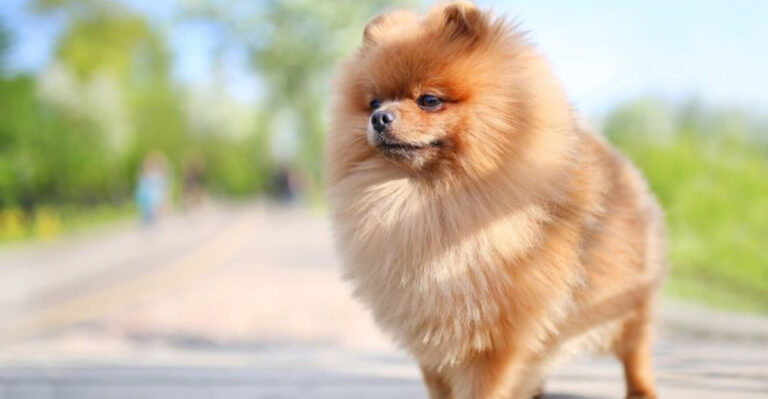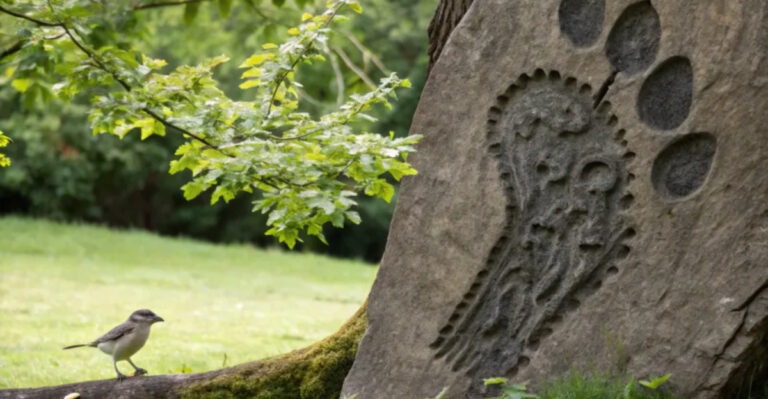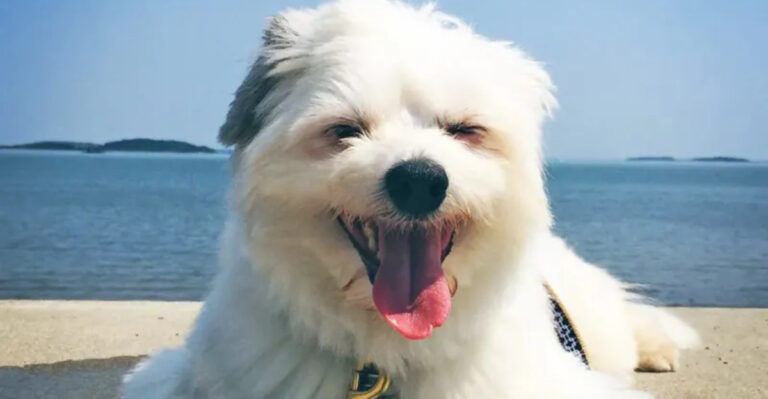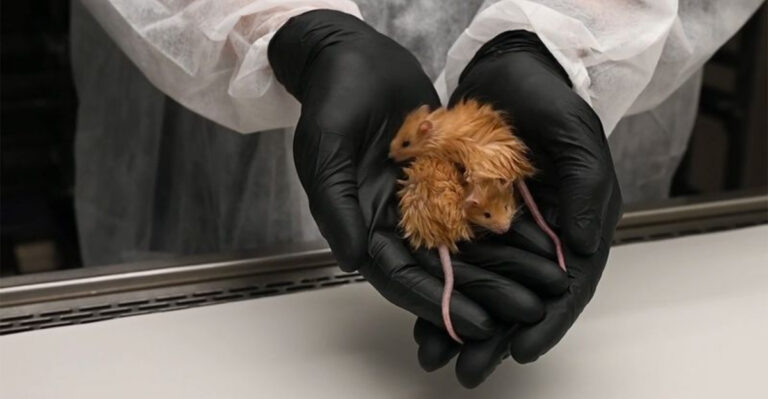15 Ways To Introduce A New Puppy To Other Family Dogs
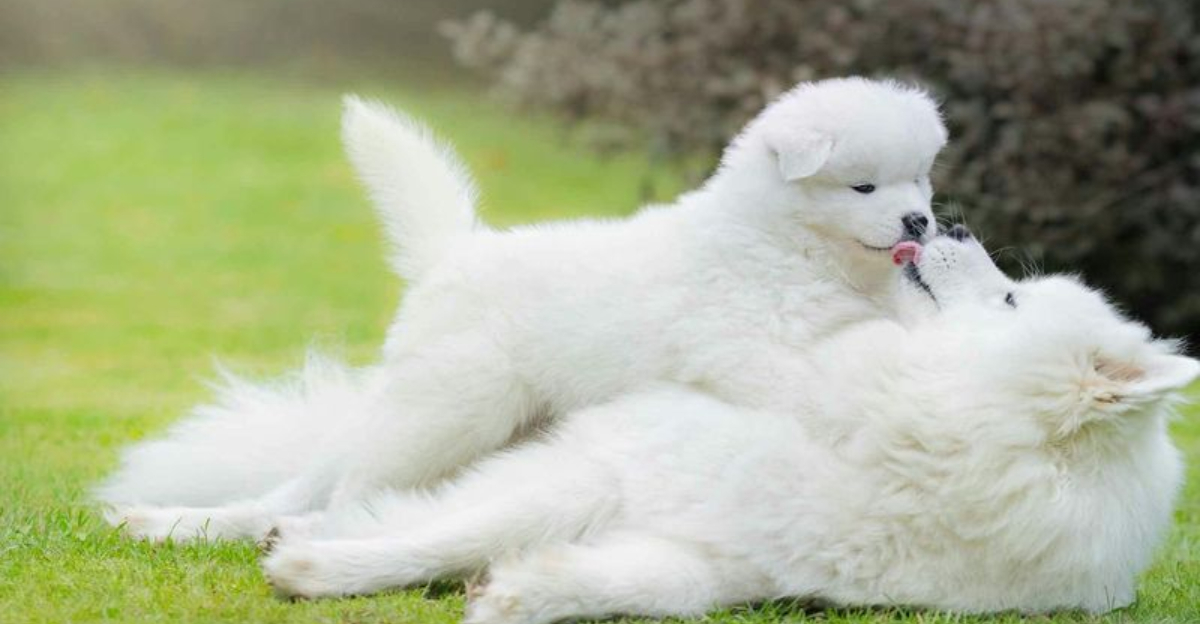
Bringing a new puppy home is exciting, but it can be stressful for your existing dogs. The way you handle those first introductions sets the tone for their future relationship.
A thoughtful approach helps prevent jealousy, aggression, and anxiety while building the foundation for a lifelong friendship between your furry family members.
1. Meet On Neutral Ground
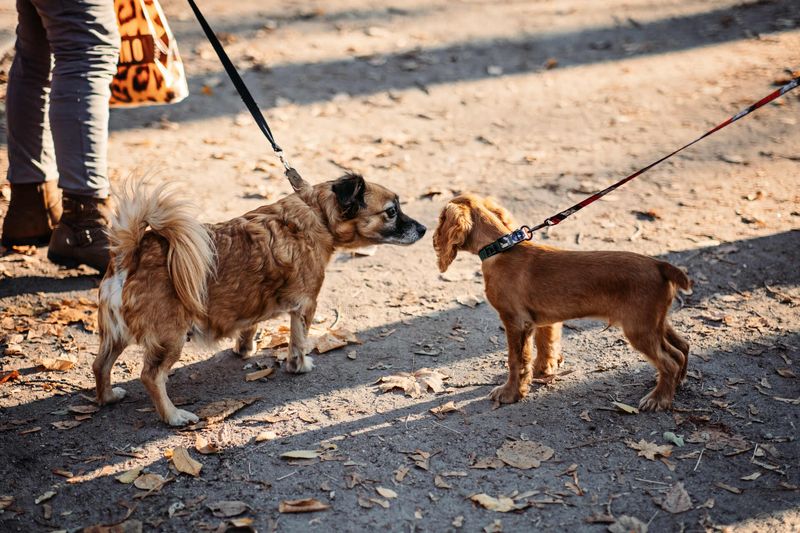
First impressions matter in the dog world! Arrange the initial meeting in a park or friend’s yard where neither dog feels territorial. This prevents your resident dog from guarding what they consider their turf.
Keep both dogs on loose leashes and allow them to approach each other naturally. Watch their body language closely – a play bow or relaxed posture signals a positive interaction.
Reward calm behavior with treats and praise, creating positive associations with each other’s presence.
2. Scent Exchange Before Meeting
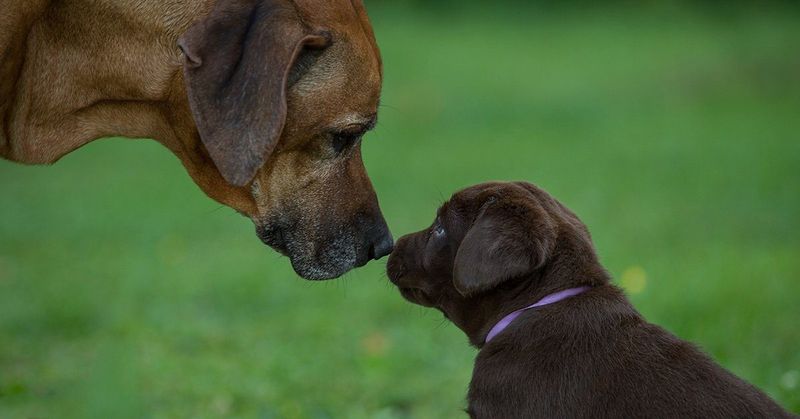
Dogs communicate primarily through smell. Before the face-to-face introduction, swap blankets or toys between your new puppy and resident dog. This exchange helps familiarize them with each other’s scent in a non-threatening way.
Allow your existing dog to sniff items carrying the puppy’s scent while giving treats. This creates a positive association with the newcomer’s smell.
The same technique works in reverse – let your puppy sleep with something carrying your resident dog’s scent.
3. Parallel Walking Technique
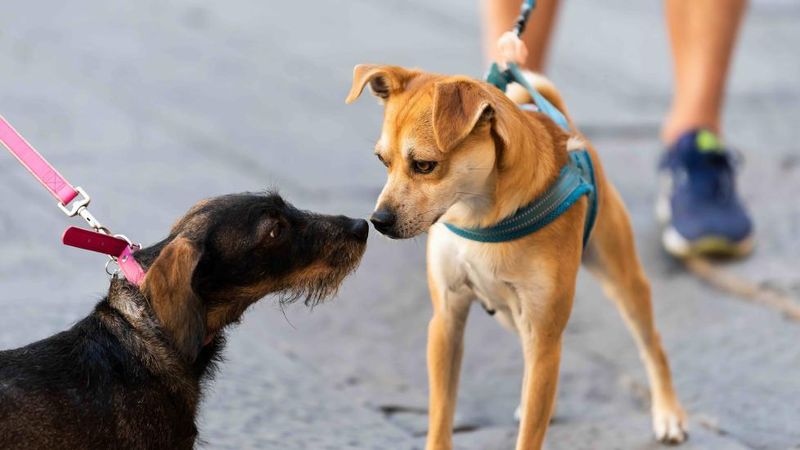
Walking side-by-side creates a shared experience without forcing direct interaction. Have two handlers walk the dogs parallel to each other, maintaining enough distance to prevent tension.
Gradually decrease the space between them as they become comfortable with each other’s presence. This approach mimics how dogs naturally get acquainted in the wild.
The forward motion of walking reduces confrontational energy and helps both dogs associate each other with the pleasure of a walk.
4. Crate Training Advantage
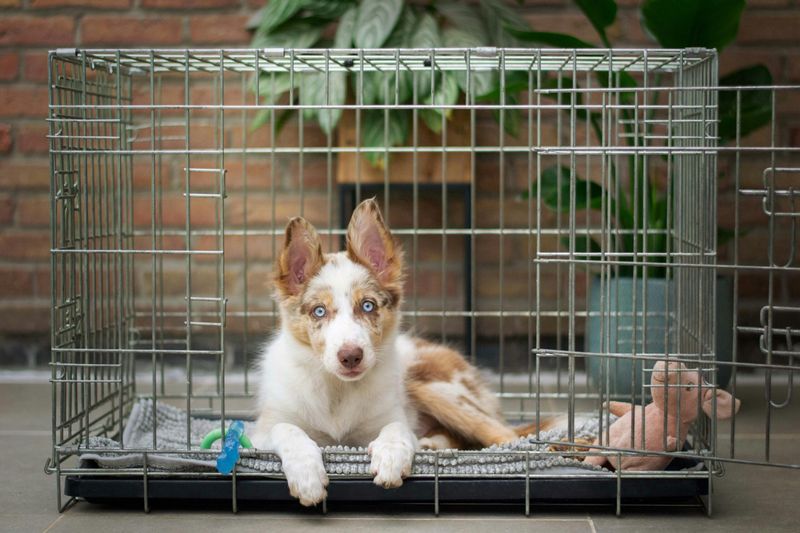
A crate provides a safe observation point for both dogs. Place the puppy in their crate in a common area where your resident dog can see and smell them without direct contact.
Your older dog can investigate the newcomer at their own pace without feeling threatened. Switch roles occasionally, crating your resident dog while allowing the puppy supervised exploration of their future shared space.
This gradual introduction respects both dogs’ need for security during this significant change.
5. Baby Gates For Gradual Exposure
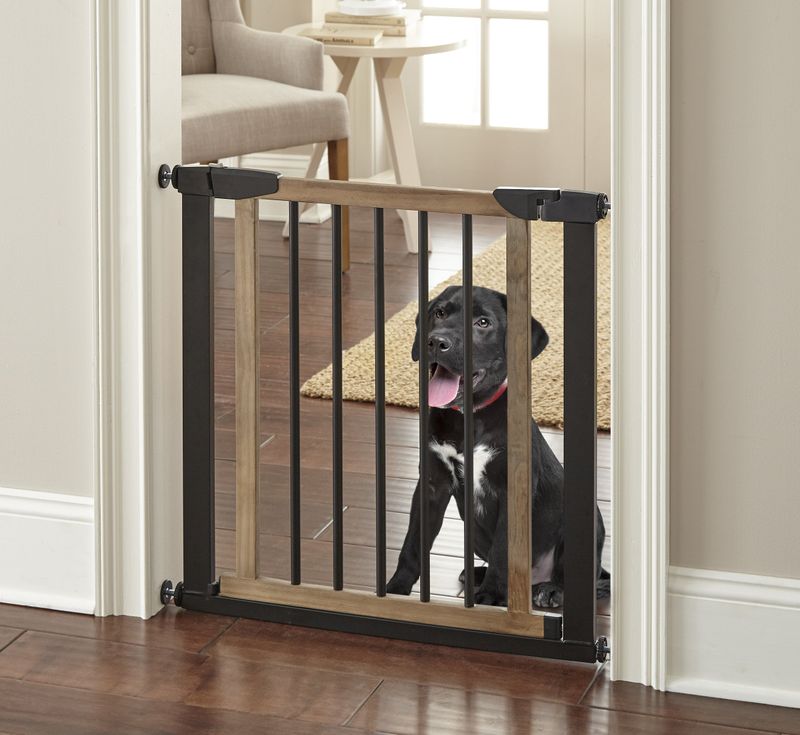
Baby gates create visual access without physical contact. Set up a gate in a doorway and feed both dogs on opposite sides, gradually moving their bowls closer to the gate over several days.
This associates the sight of each other with positive mealtime feelings. The barrier prevents resource guarding conflicts while they adjust to sharing their home.
Once they show relaxed behavior at the gate, you can progress to supervised face-to-face interactions in neutral areas of your home.
6. Supervised Play Sessions
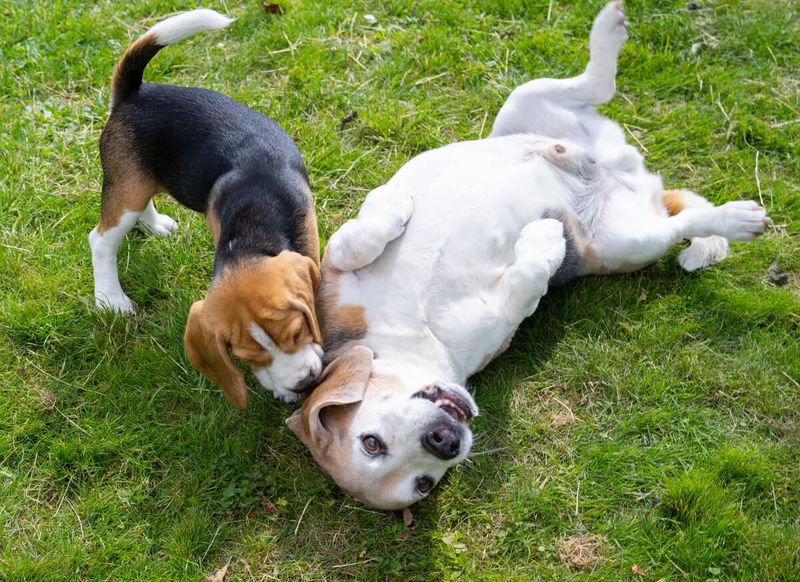
Short, controlled play dates build positive relationships. Begin with 5-10 minute sessions in a neutral space, gradually increasing time as they become comfortable.
Have toys available but remove any high-value items that might trigger guarding. Watch for play bows, relaxed body language, and taking turns chasing each other – all signs of healthy interaction.
End sessions while they’re still having fun, leaving both dogs wanting more rather than becoming tired or irritated.
7. Respect The Resident Dog
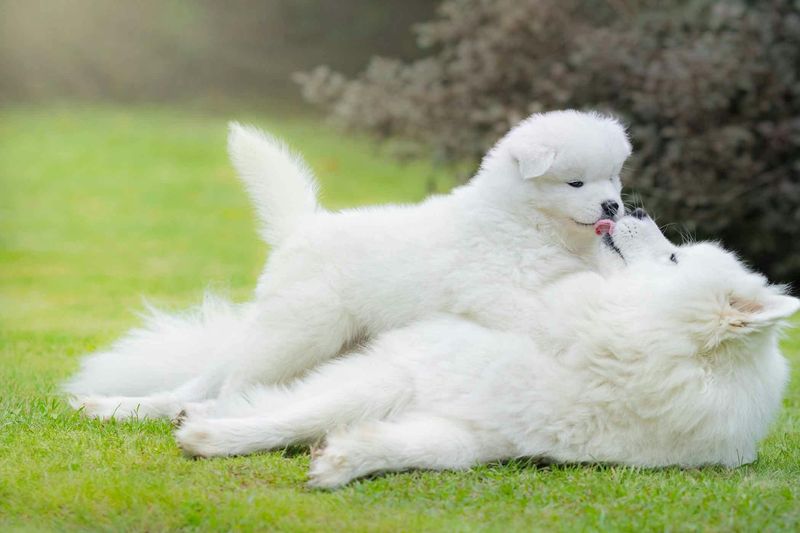
Acknowledging your existing dog’s established position prevents resentment. Give your resident dog extra attention when the puppy arrives, reinforcing their important family role.
Maintain your older dog’s routines and privileges during the transition period. Simple gestures like greeting them first when you come home or feeding them before the puppy reinforce their senior status.
This approach helps your established dog feel secure rather than replaced by the newcomer.
8. Separate Resources Initially
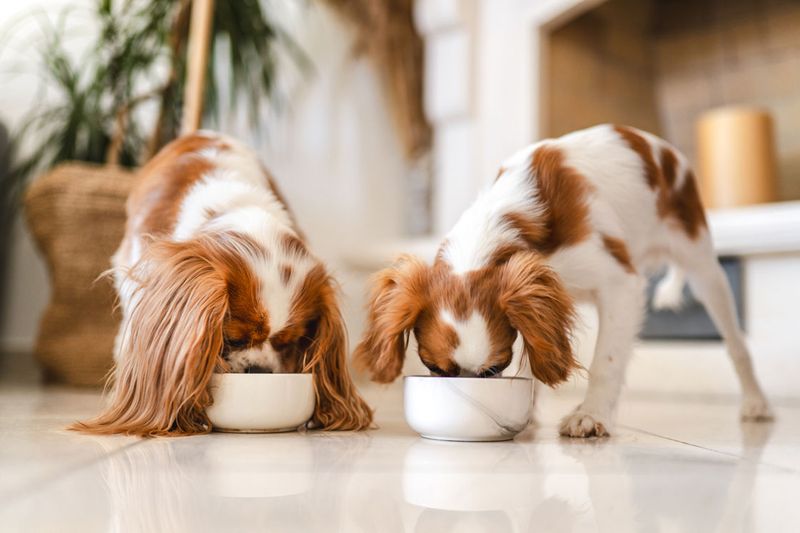
Food, toys, and attention can trigger competition between dogs. Provide separate feeding areas, individual beds, and personal toys during the adjustment period.
Feed dogs in different rooms to prevent food aggression. Supervise closely when high-value items like chews are present, removing them if you notice tension.
Gradually introduce shared resources only after establishing a positive relationship, always monitoring their interactions around valuable items.
9. Reward Calm Behavior
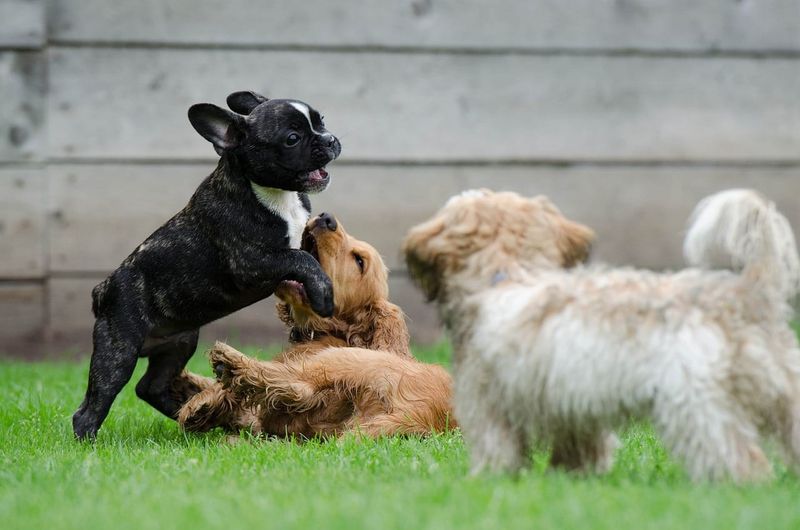
Positive reinforcement shapes how dogs interact. Carry treats during supervised meetings and reward both dogs when they display calm, friendly behavior toward each other.
Avoid accidentally rewarding excitement or pushy behavior. Praise gentle sniffing, respectful distance, and relaxed body language to encourage these desirable interactions.
Consistent rewards create a positive association between good behavior and the presence of their new companion.
10. Exercise Before Introductions

Tired dogs are typically better behaved during introductions. Take your resident dog for a long walk or play session before meeting the new puppy.
Physical activity burns excess energy that might otherwise manifest as over-excitement or anxiety. A well-exercised dog is more likely to approach new situations with a calm, balanced mindset.
For puppies, a short play session helps take the edge off without exhausting them before the important meeting.
11. Create Positive Associations
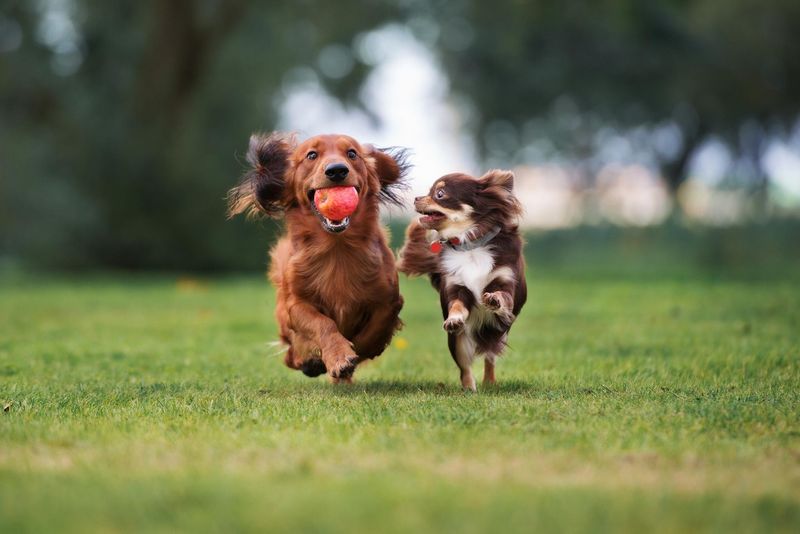
Dogs form opinions about each other based on what happens in their presence. When dogs are together, offer special treats, exciting toys, or extra attention that they don’t receive when apart.
Go for walks to new, interesting places when both dogs are together. These shared adventures build positive associations through novel experiences.
Soon they’ll connect good things with each other’s company, strengthening their bond through positive experiences rather than competition.
12. Monitor Body Language Closely
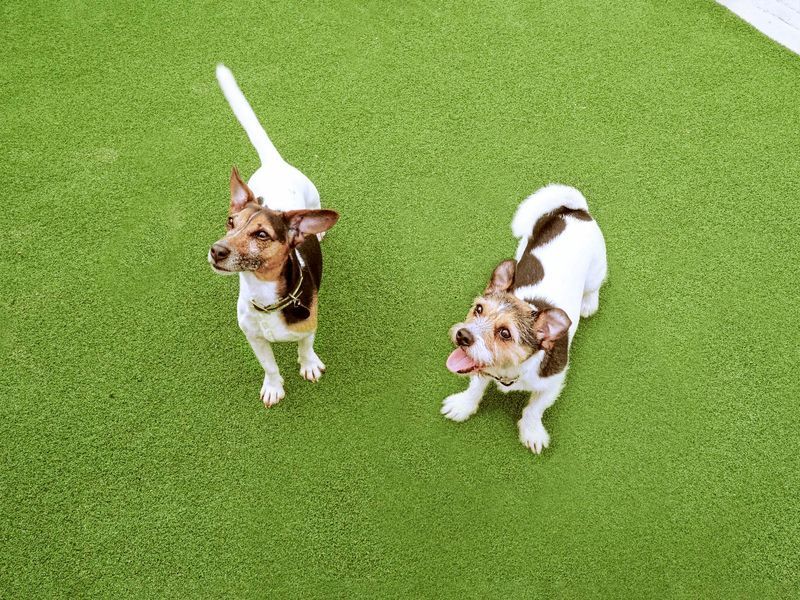
Dogs communicate primarily through subtle physical signals. Learn to recognize stress indicators like whale eye (showing whites of eyes), stiff posture, raised hackles, or tucked tails.
Positive signals include play bows, relaxed mouths, and loose, wiggly body movements. If you notice concerning signals, calmly separate the dogs without punishment.
Respecting what their bodies tell you prevents negative experiences that could damage their developing relationship.
13. Allow The Older Dog To Correct
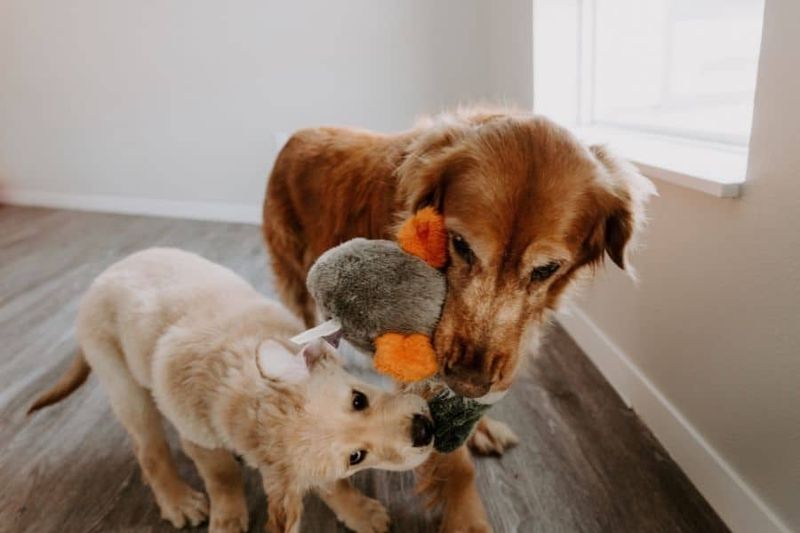
Puppies learn appropriate behavior from adult dogs. Your resident dog may growl or snap when the puppy crosses boundaries – this natural communication teaches puppies proper manners.
Avoid scolding your older dog for reasonable corrections. As long as no harm occurs, these interactions help establish healthy boundaries and respect.
Step in only if the correction seems excessive or if the puppy doesn’t respond by backing off and showing appropriate deference.
14. Provide Individual Attention
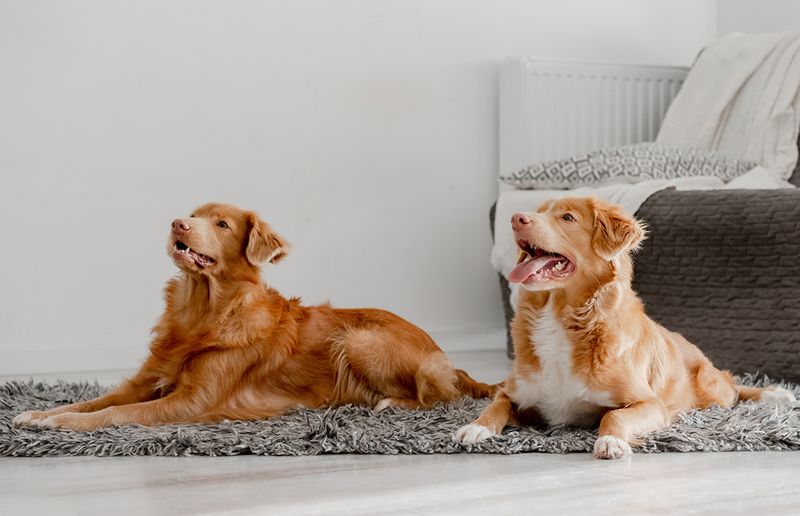
Both dogs need one-on-one time with you. Schedule daily individual sessions with each dog for training, play, or cuddles.
This personal attention prevents jealousy and reinforces your bond with both animals. Your resident dog particularly needs reassurance that they haven’t been replaced in your affections.
These separate sessions also give each dog a break from constantly adjusting to their new companion, reducing stress during the transition period.
15. Be Patient With The Process
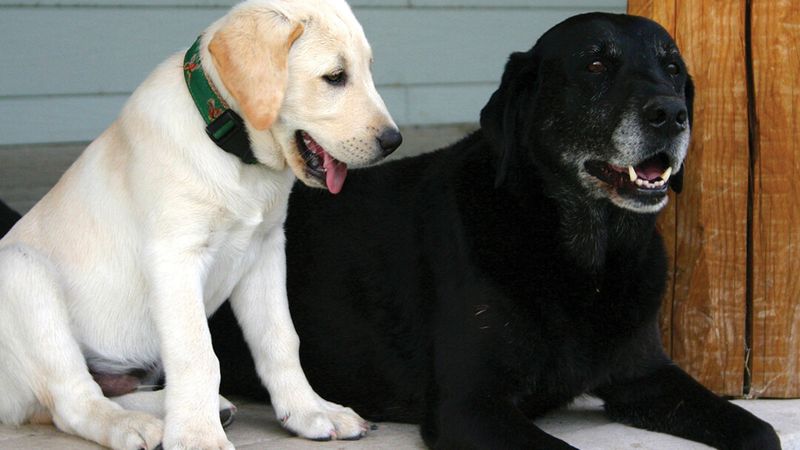
Building a friendship between dogs takes time – sometimes weeks or months. Rushing introductions often backfires, creating tension that’s difficult to repair.
Follow your dogs’ comfort levels rather than an arbitrary timeline. Some dogs become instant friends while others need extended adjustment periods.
Celebrate small victories like peaceful coexistence in the same room, and remember that many dogs who start cautiously eventually become inseparable companions.

